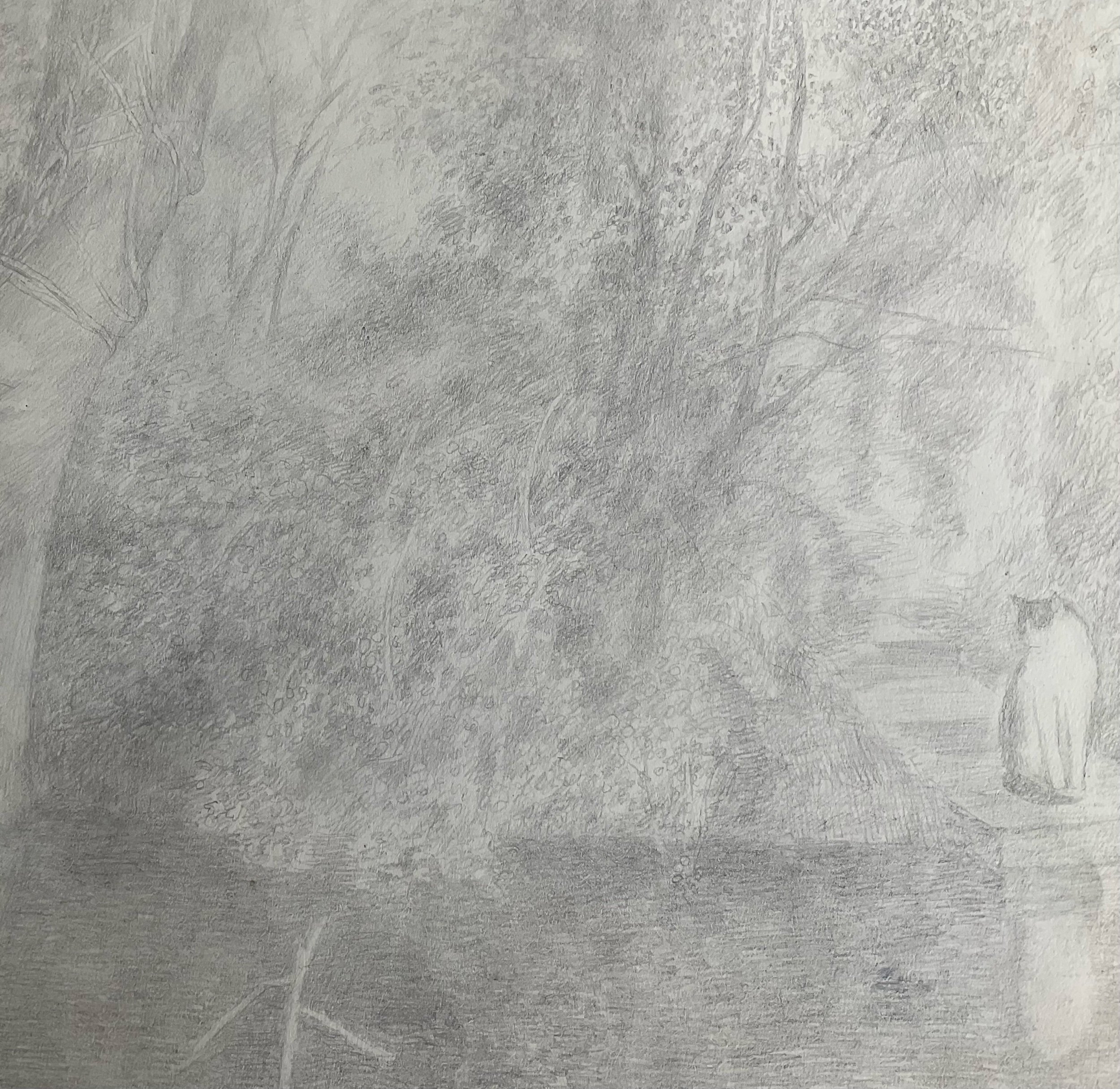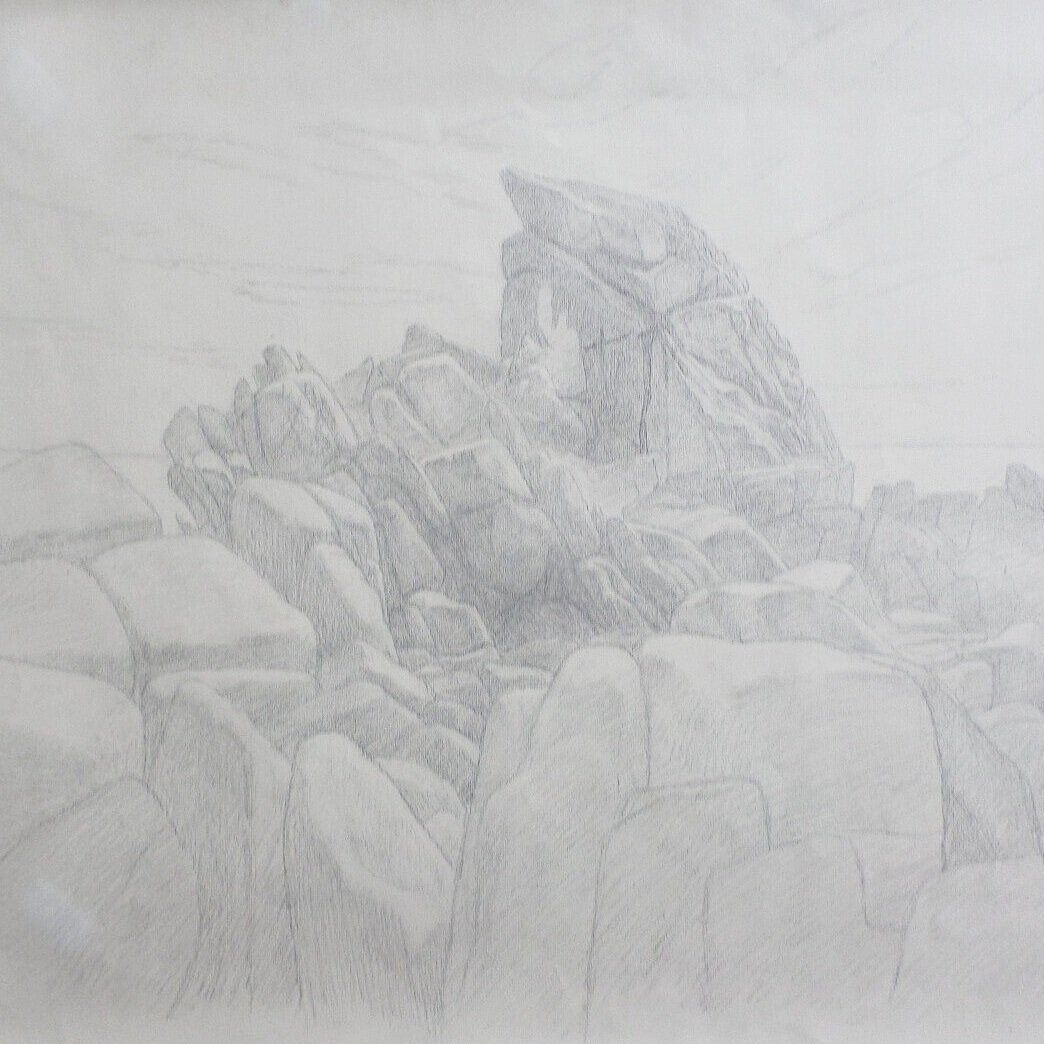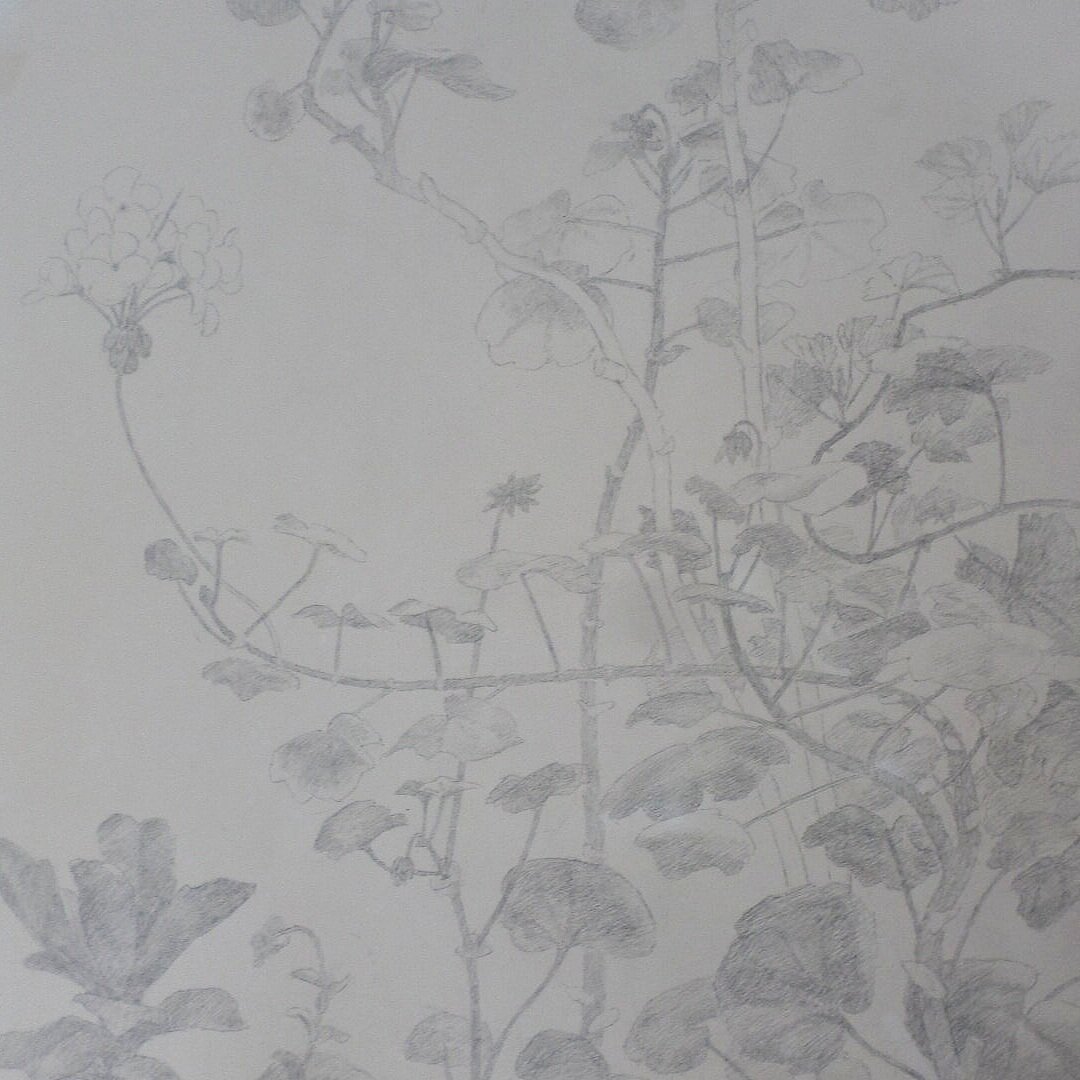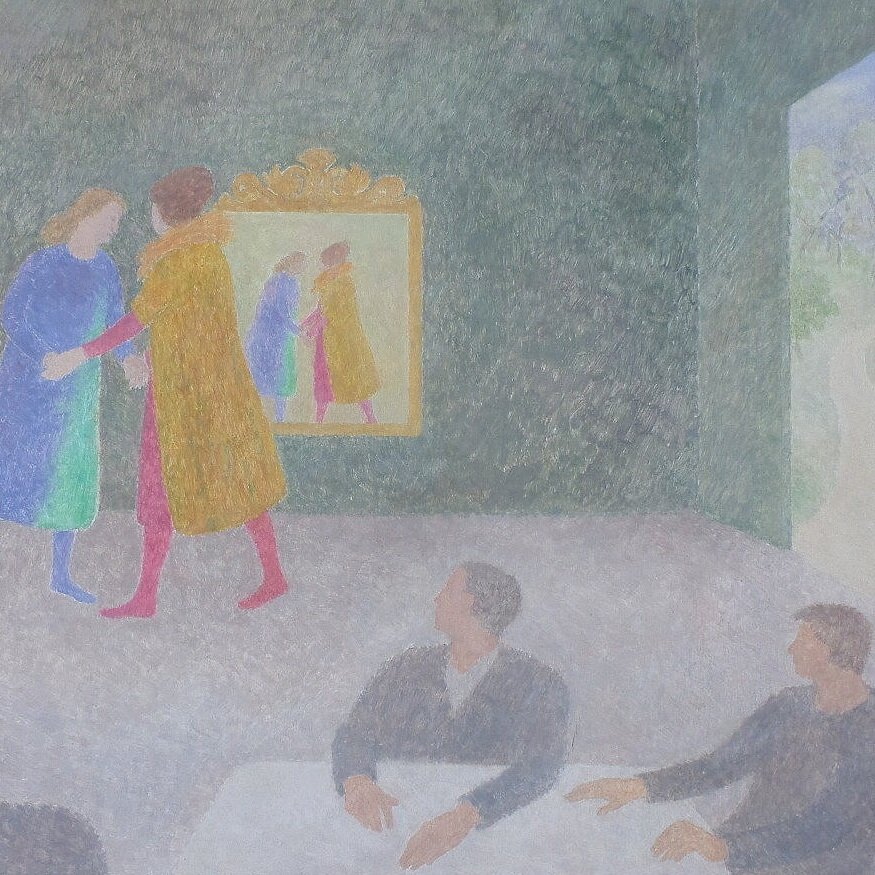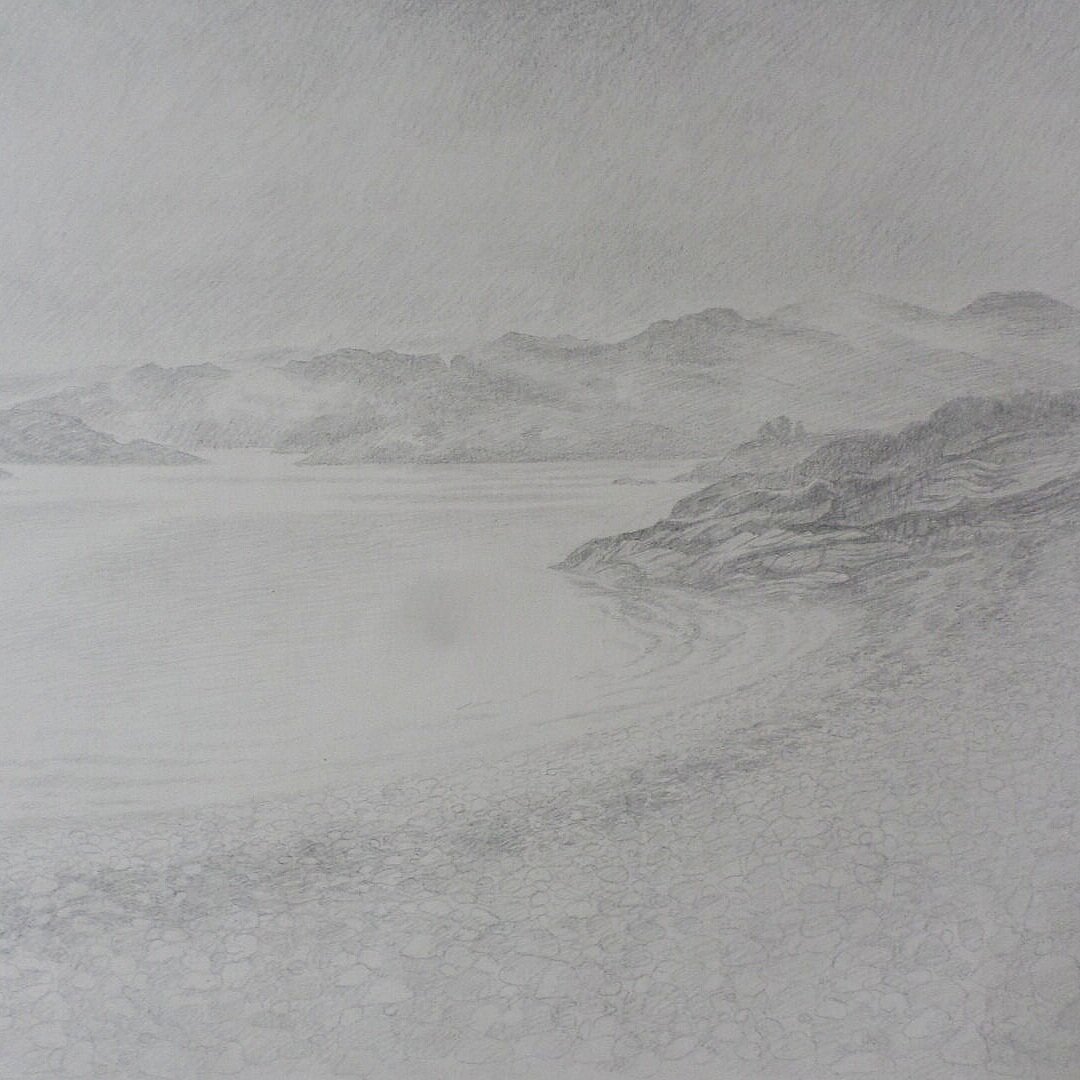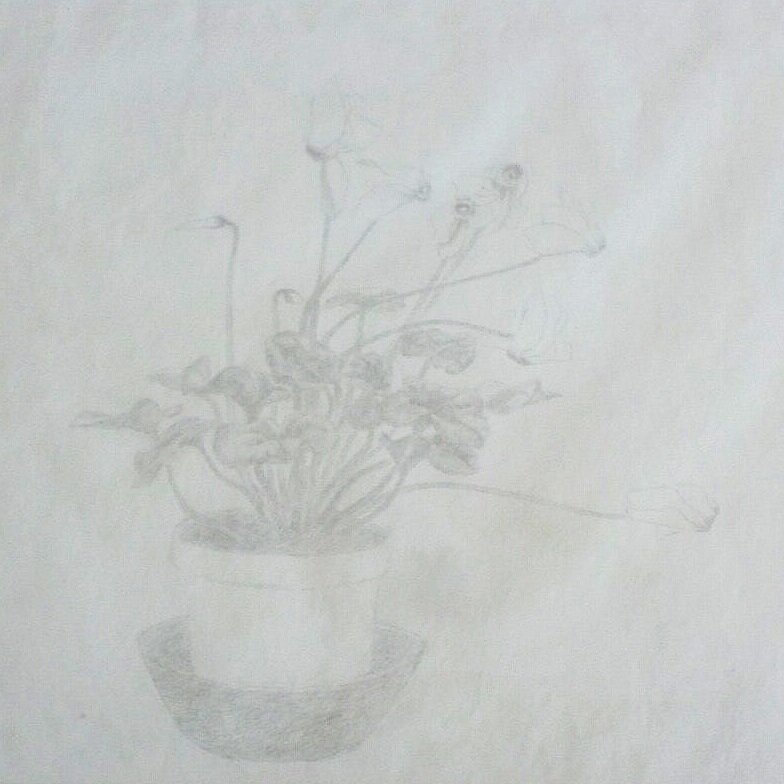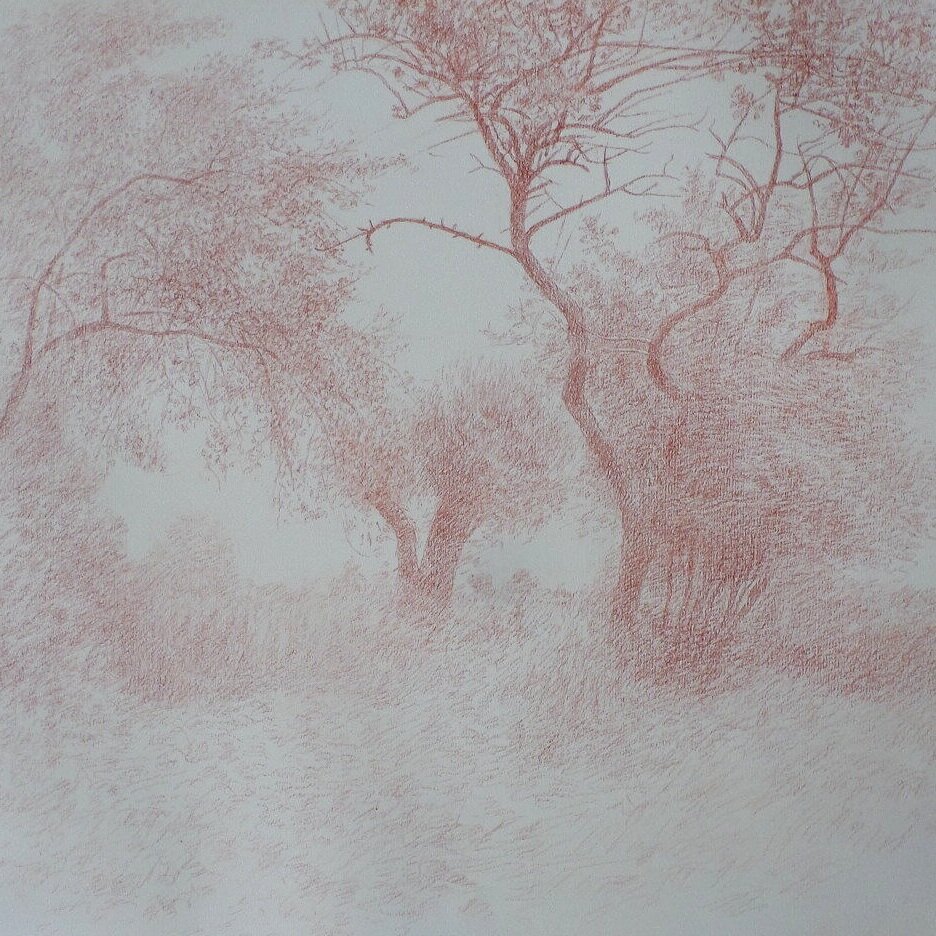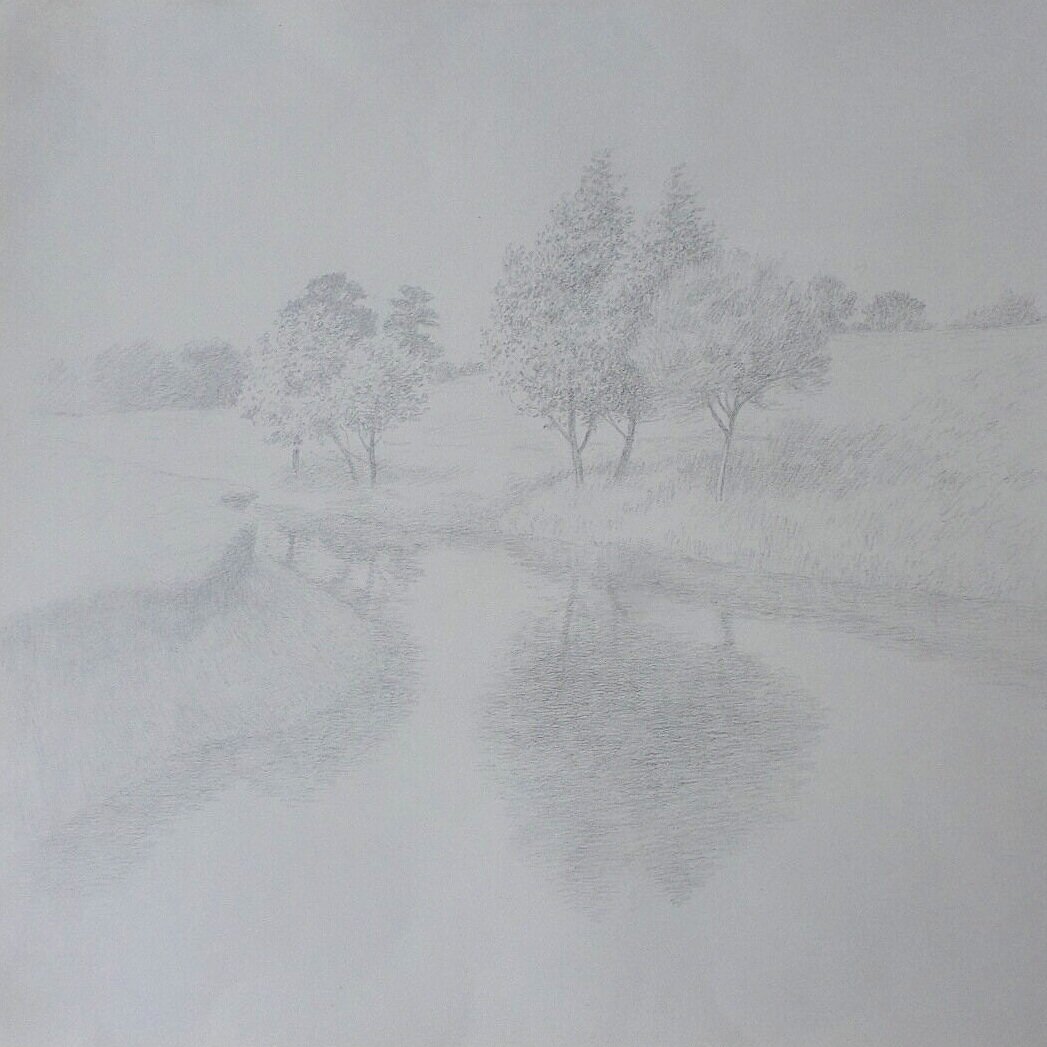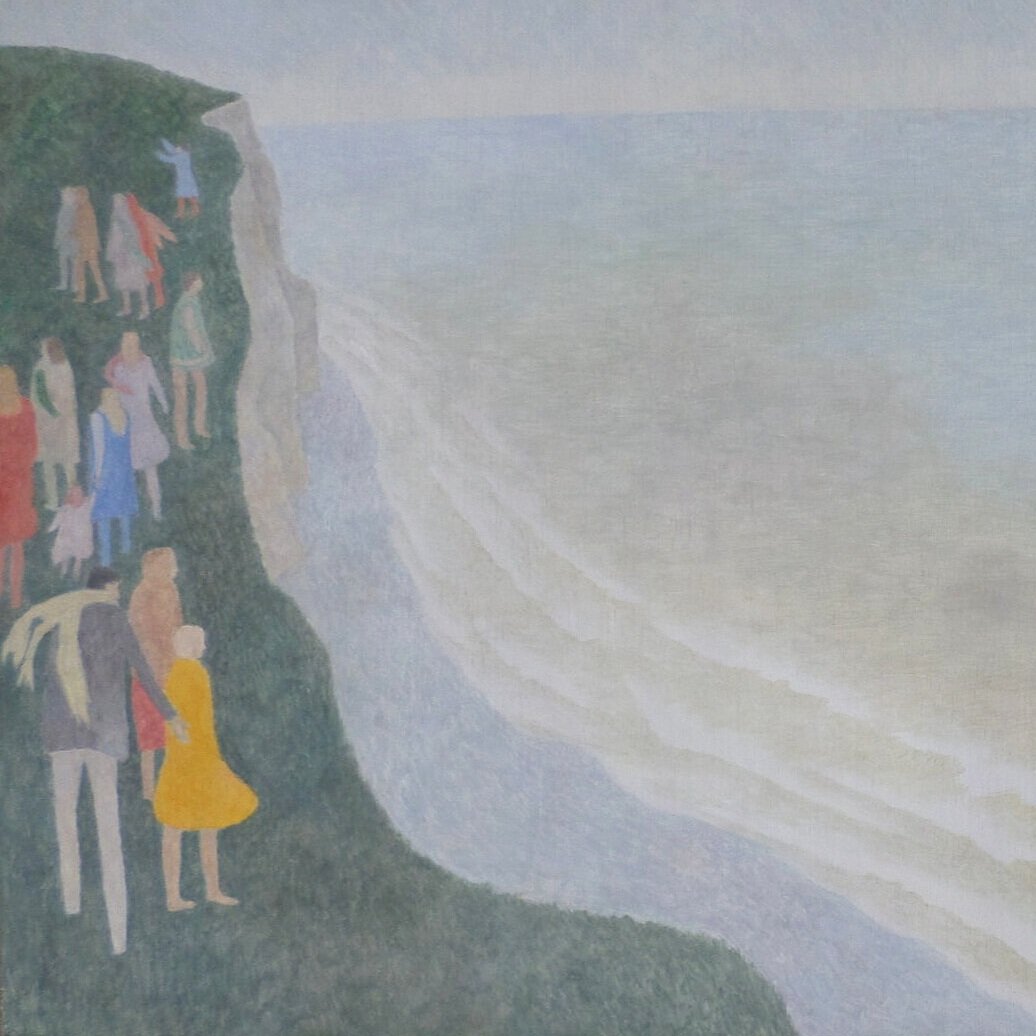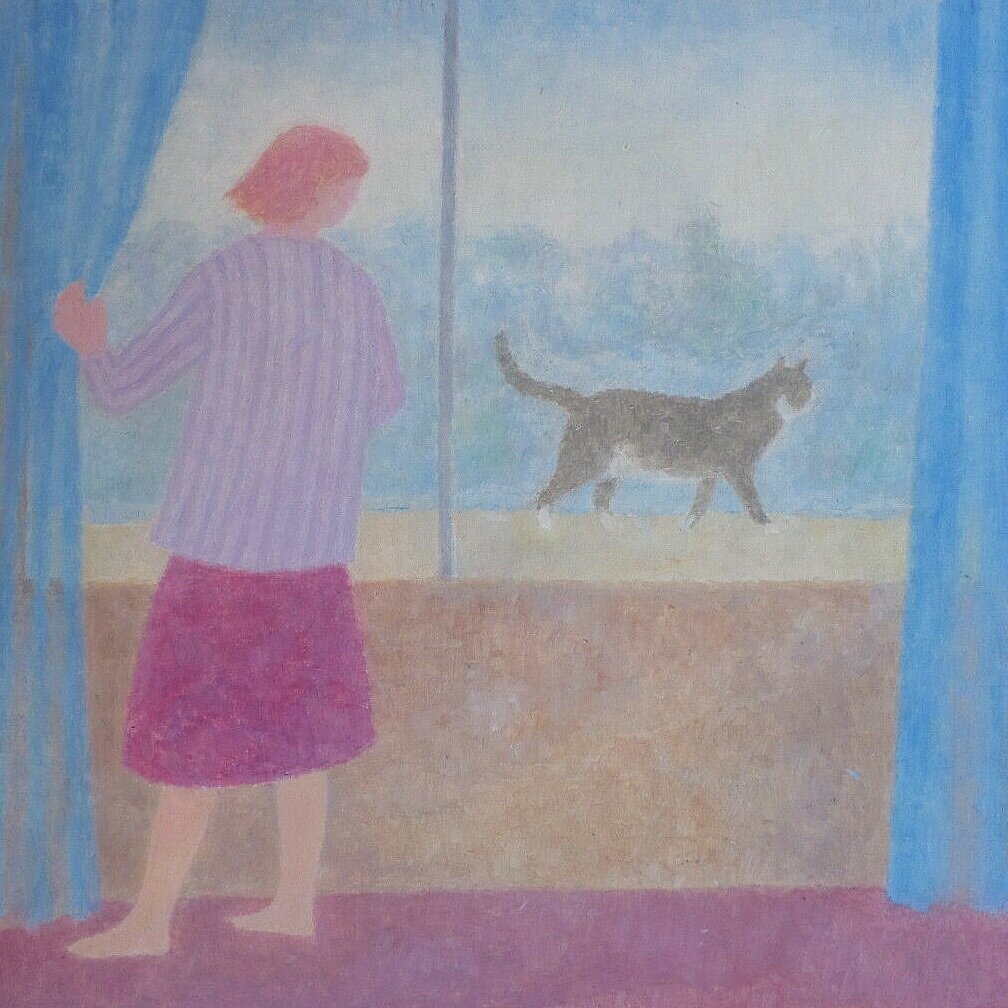Elisabeth vellacott
Wanted !………. We are currently looking to purchase work by this artist so contact us if you are considering selling.
Elisabeth Vellacott is another artist who was based in and around Cambridge and those of you who know us well will be aware that we, here at Blondes Fine Art , are always drawn to artists from the East Anglia region. A quick look at the website will reveal artists such as John Aldridge, Roderic Barrett, Harry Becker, Bernard Cheese, Karolina Larusdottir as well as contemporary artists such as Tessa Newcomb and Dee Nickerson featured here in our collection as well as many others with links to Essex , Cambridgeshire , Suffolk and Norfolk.
Elisabeth Vellacott is one of those fabulous artists who went under the radar for many years but found fame in the later years of her life . She was spirited, original and had her first solo show at 60. Her images of people and often a cat in houses, gardens and landscapes have a timeless and magical air
Vellacott was born at Grays in Essex and studied at the Royal College of Art, she was taught life drawing by Tom Monnington; a fellow student was Cecil Collins, who would become a similarly visionary painter and a near neighbour. Vellacott came to Cambridge to work as a textile designer and printer, she devised sets and costumes for the Cambridge University musical society, often with her friend Gwen Raverat. That experience lured her back to London, to work as an assistant scene painter at the Old Vic under Lillian Baylis.
War brought land work and lodgings with Lucy Boston at Hemingford Grey, near Huntingdon, with resulting commissions for fabrics and murals for the moated Norman manor house . These are open to the public now and well worth a visit.
Jim Ede bought several work for his Kettle's Yard museum and gallery at Cambridge and it was here that the artist enjoyed a 90th birthday exhibition.
Vellacott bought a corner of an orchard in Hemingford Grey and commissioned Peter Boston (Lucy's son and the Green Knowe illustrator) to build her a studio house on the tightest budget. He told her that she had enough money only for a roof and no walls and proceeded to design a triangular structure in glass and wood which was an aesthetic triumph, soon adorned with exquisite junk stall finds.
Around 1963, the key elements of her painting began to come together when she abandoned canvas for wooden panels. Painting thinly on to a white ground, she recreated the luminosity of frescoes for her own lyrical designs. She wrote of her "language of colours" with "its own strictness: each painting works within its own 'key', varied by surprise 'accidentals', as in music - but the sequence must work, as in music." She expounded this theory in a South Bank Show television profile in the 1980s.
After a 1968 solo display at the Minories in Colchester, there was a string of successful shows at London's New Art Centre and when in her 90s the Tate finally turned kind words into active pursuit of her pictures, she could afford to laugh that recognition had not come sooner.
Elisabeth Jessie Vellacott, artist, born January 28 1905; died May 21 2002
